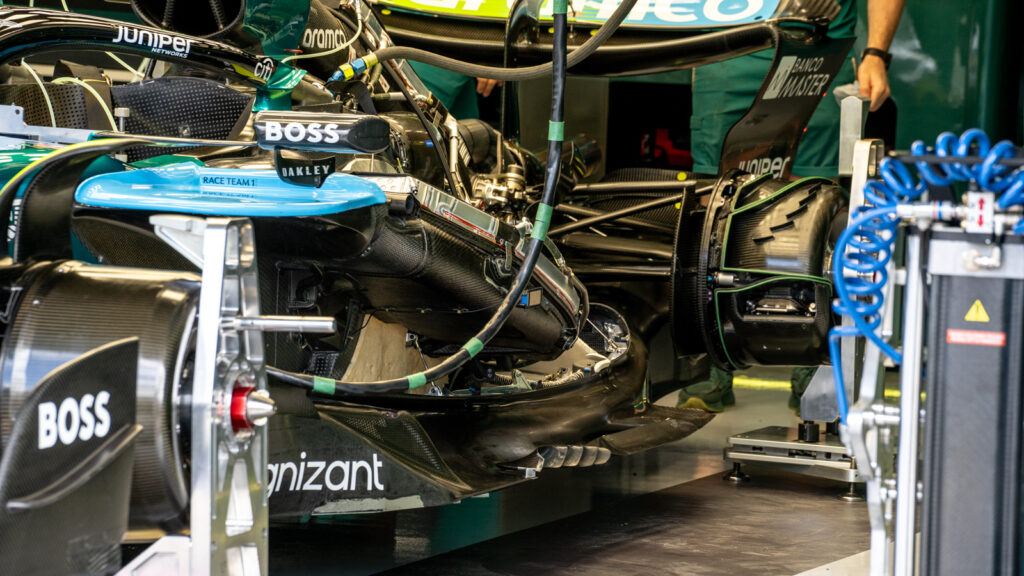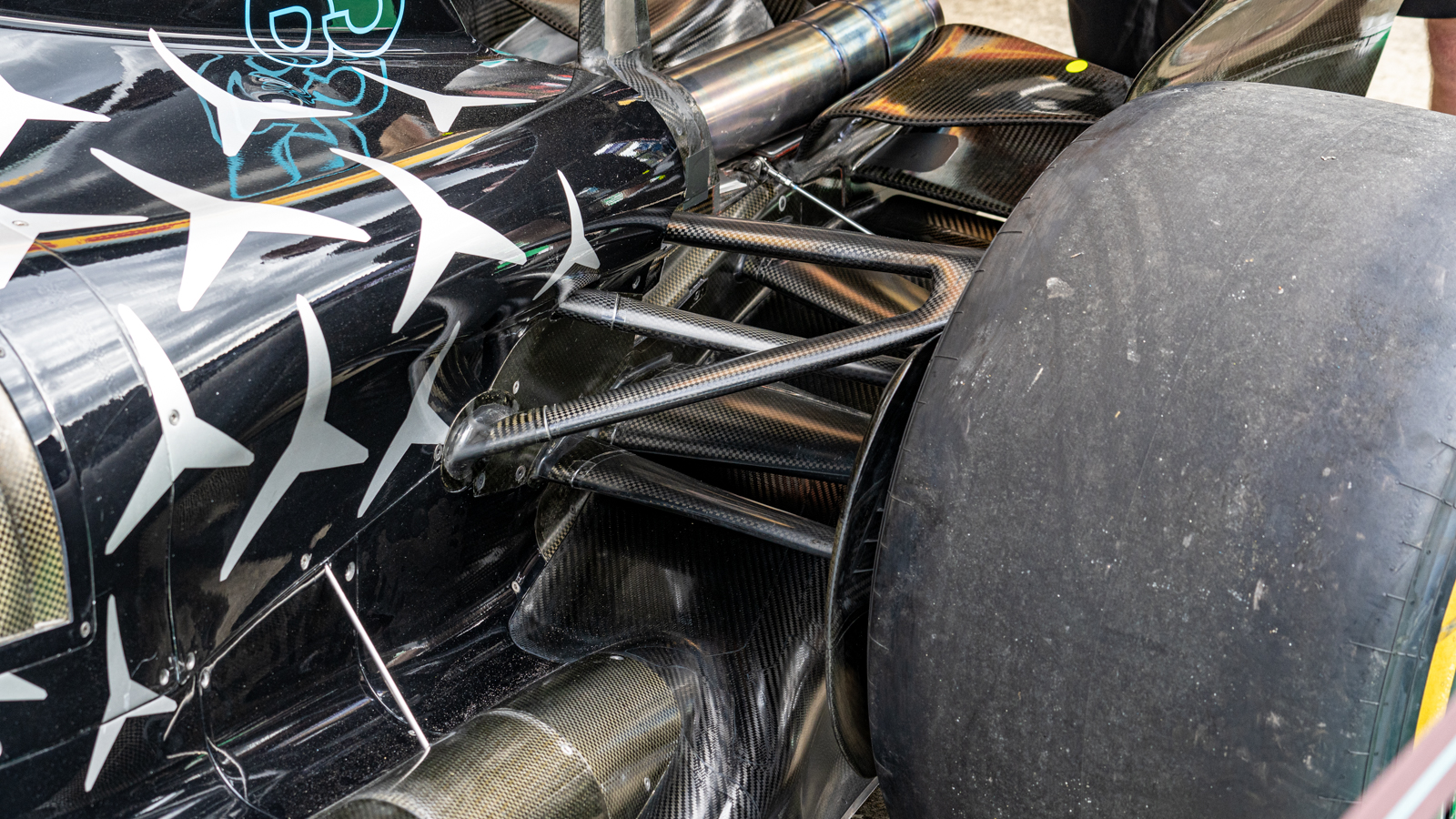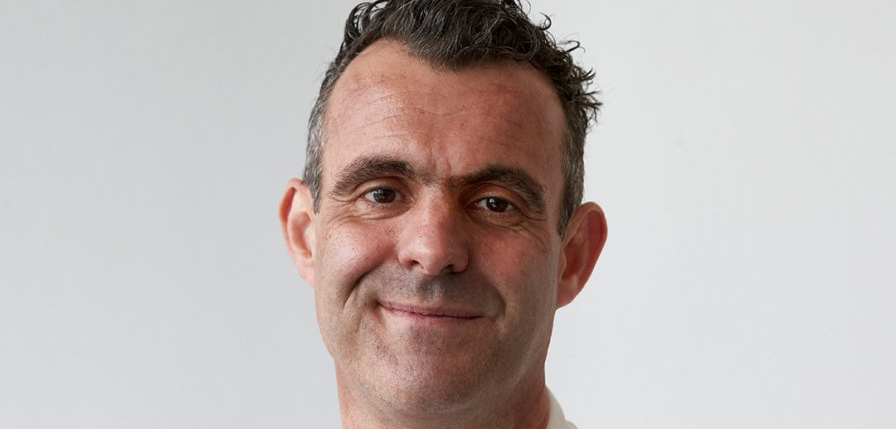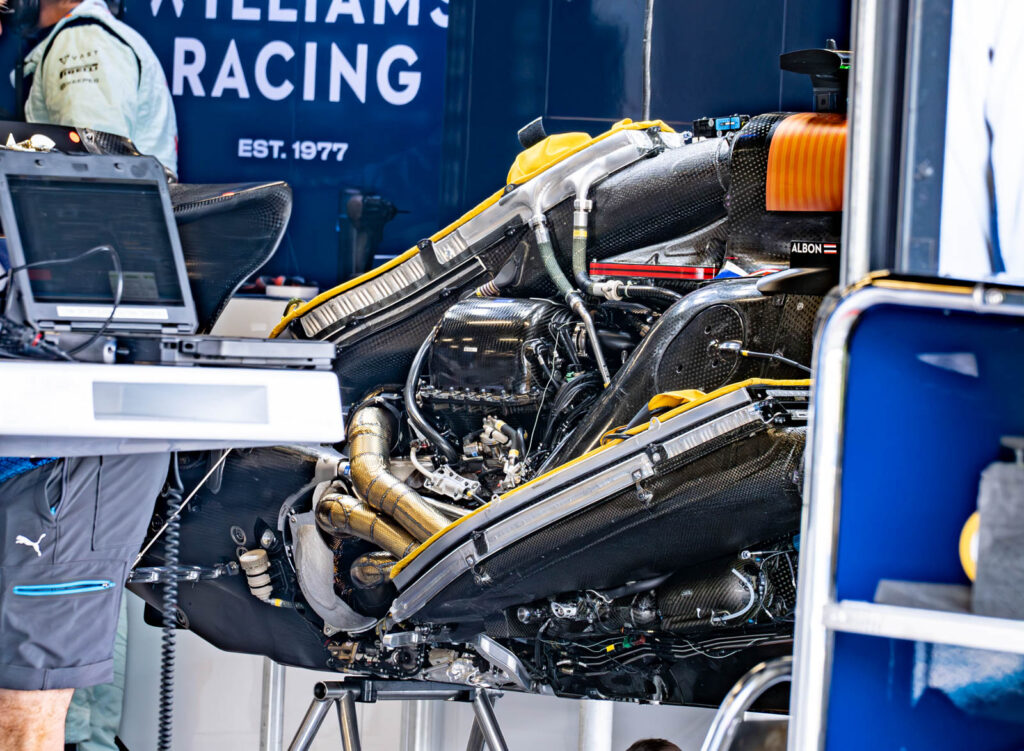The British GP gave PMW a chance to catch up with Hywel Thomas, managing director of Mercedes AMG HPP, to discuss the current state of play in Formula One power unit development.
Though all eyes are firmly on 2026, and development of the current power units is frozen, there is still some ongoing work. “There’s really nothing from a performance point of view we can do; it’s not like the old days, where you sort of move performance, trying to keep up with reliability. It’s kind of calmed down a lot,” he says. It is also the case that, with dyno hours limited, and with three customer teams to supply in addition to the work’s effort, there is little time left to allocate to development work.
The only exception he notes is when a change of supplier is required for certain components. Certain ancillaries that fall outside the rules-restricted area of the PU are also still honed, Thoams adding that while efforts to reduce mass or help with overall vehicle packaging are relentless, relatively speaking, development is minimal.
2026 regulations evolution
There has been considerable muttering about the viability of the 2026 regulations, both for powertrain and chassis, though recent tweaks to the latter seem to have settled things down. For Thomas, the overarching concepts of the power unit rules are correct. “The key things for us, and I’m sure the sport as well, are the 100% sustainable fuel and a significantly larger electrical system. That’s a direction of travel that we have to take, and we’re very happy to take; it’s great to be leading what’s happening in the wider world.”
This does not mean there are no ongoing wrangles with the regulators. “There are still power unit working groups that happen every quarter, and there’s still tweaks going on to those regulations to get them just right. Especially now that the car regulations are becoming more fixed, we are having to make some adjustments to make sure that the way that the power unit works with the car is good enough.” Overall though, Thomas suggests, “We were all happy to put our signatures on the page, happy that there are new competitors. Though we’re probably also all a little bit grumpy about little areas of [the rules] somewhere.”
One of Mercedes’ trump cards during the last big power unit rule changes in 2014 was its exceptionally integrated approach to engineering the power unit and car together. Thomas suggests that while the basic engineering approach remains the same, “It has all evolved a lot. If you look at how we were doing things in 2013-14, and how we are operating the power unit now, we are much more sophisticated. The organization has developed, the ways of working and the technology have developed. But the underlying goals for integration, making sure you haven’t got four or five different products fighting together, that remains.”
 Outlining the development of the 2026 power units to date, Thomas reveals that the first single-cylinder test engine was running two years ago, with a V6 firing up six months later. “It’s probably only 18 months until we are putting together track test engines, so it will come around quickly. I’m sure all of us are running engines on the dyno, and for us, it’s about getting more and more parts of that engine from being [suitable] for a dyno engine to a race engine.”
Outlining the development of the 2026 power units to date, Thomas reveals that the first single-cylinder test engine was running two years ago, with a V6 firing up six months later. “It’s probably only 18 months until we are putting together track test engines, so it will come around quickly. I’m sure all of us are running engines on the dyno, and for us, it’s about getting more and more parts of that engine from being [suitable] for a dyno engine to a race engine.”
Mercedes, along with Alpine, Ferrari and Honda, is in a different position to new entrants Red Bull/Ford and Audi. Rather than starting from scratch as they are, the 2026 rules are similar enough to the current regs that there is technology carryover. “The underlying regulations for the V6 are not that different, so we have been able to make use of – not the exact same components, because the rules are different enough to make sure we change – but similar, as the overall layout of the combustion engine is very, very similar.”
Combustion system
In addition to having tighter limits on fuel energy available during a race from 2026, power unit manufacturers will have to operate within much greater mechanical constraints than they do with the current ICEs, not least the loss of the MGU-H.
“The big changes in terms of the combustion, the regulations around compression ratio, boost pressure and just the amount of fuel going in, makes it a very different combustion challenge,” Thomas admits. “But it’s still a combustion engine, so many of the same techniques.”
Thomas highlights that the shift to a 100% sustainable fuel represents one of the most significant changes. In a wry move, the rules do not stipulate whether that fuel must be synthetic or biofuel, and with teams permitted to develop their own blends with partners, this opens up development potential. “It’s saying go on, go find out what is the best process for this sport. When that regulation around the fuel was put together, nobody knew how to make that fuel. And that’s one of the great things: whether it’s confident or stupid, we are prepared to make regulation sets where we don’t actually know how we’re going to solve the problem.”
Crafting a fuel that is tailored to the new combustion characteristics of the 2026 engines will be a complex process, but in some areas, Thomas is confident certain issues experienced by competitors in other series that have switched already will not be a problem. For example, on the topic of fuel dilution of oil, he states, “The way that the engine works, we do appear to be quite tolerant to that kind of that kind of issue.”

Thomas is understandably reticent to divulge specific details of power unit performance to date, however, he does reveal that, despite the further tightening of the rules, he expects there to be some divergence in philosophies between teams. For example, with the turbocharging and overall combustion system, which will be subject to a boost limit of 4.8bar absolute (there is currently no limit), there is scope for variation. “The combustion is different, and because of the other differences, it will depend very much on some of the decisions you make, on your combustion system, how close you end up running to that limit – and you may end up with different teams being slightly different.”




